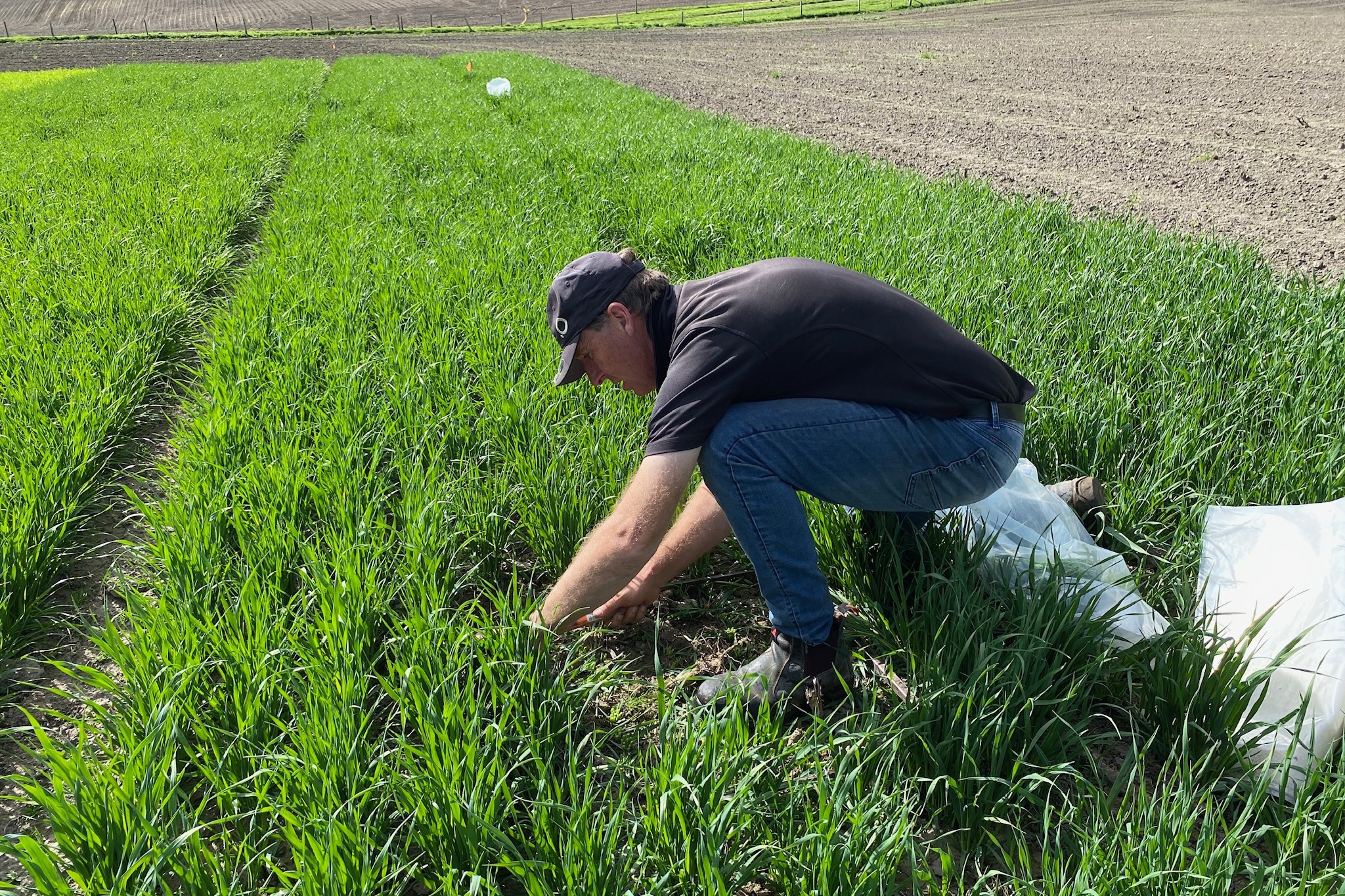Costs and weather change plans
Fluctuating costs and changing weather patterns are impacting farmers’ plans for the upcoming baling and cultivation season, Joanna Cuttance reports.

Fluctuating costs and changing weather patterns are impacting farmers’ plans for the upcoming baling and cultivation season, Joanna Cuttance reports.
Auckland-based contractor Lance Caddy said his clients felt the rising costs were a fait accompli. Caddy and other North Island contractors had found it difficult to lock in prices for plastic and fertiliser from suppliers and, along with price fluctuations in other inputs, it was difficult to give accurate quotes to clients. This had a flow-on impact on clients’ planning.
Many of Caddy’s clients were listening to NIWA’s forecast for an expected dry summer and had indicated they wanted to plant more maize and chicory this year compared to last season.
Northland-based contractor Vince Maw expected to do more pit silage as farmers moved away from individual bales to keep costs down. He thought some clients would cut costs by reducing fertiliser to the areas that really needed it. Maw said some of his clients were changing their approach in an effort to have feed on hand if the summer turned dry. One client had decided to put in a summer crop and harvest it in December instead of buying in feed this summer.
Bay of Plenty contractor Mark Brogden said sowing summer crops, and crops such as fodder beet, tended to be price-prohibitive in his area because of the cost of keeping invasive weeds out. The cheapest option was growing grass for silage followed by maize. Most clients opted to stack silage for the first and second cuts before considering individually baling later cuts.
In the southern regions of the South Island, Otago-based contractor Joe Herbert and Southland-based Brendon Shearing had both noticed a drop in clients wanting fodder beet. Herbert said some of his clients were moving away from fodder beet and sowing kale instead. This was because farmers had good results with kale, and it was cheaper than fodder beet.
It was a switch and not a reduction in area being cultivated, Herbert said. Shearing noticed the change last season in Southland, with clients moving away from fodder beet and instead growing grass and putting it into balage.
Herbert said to combat fluctuating fuel prices throughout the season he planned to re-evaluate the fuel component cost each month rather than setting it at the beginning for the whole season. Other contractors were following suit.
The season begins
Southern contractors have started early following a dry winter, however northern contractors and those at the top of the South Island are up to four weeks behind, following a wet and cold winter.
Shearing had his earliest start to a season this year, sowing oats and grain in August. Southland seasons tended to balance out each year. The hard, dry summer of last year was balanced with a good winter that allowed cultivation to start early.
This was in stark contrast to winter in the Tasman region, which was cold and wet. Tasman-based contractor Andrew Fry said this season would start late. A cold winter, combined with a lot of rain in July and August, meant the ground was sodden. Most of his clients had fed out all their supplementary feed, and grass growth was slow. The challenge would be to get the timing right for sowing crops before it dried out too much.
North Island contractors were in a similar situation after a cold, wet winter. Most of their clients had finished their supplementary feed and there was not a lot of grass cover. Expectation was for a slow start and then for things to ramp up quickly. Northland-based Vince Maw typically had a full team of drivers driving by the end of September, but last year the season began a month later and it would be the same this year.




